By Lawrence Haywood, Mar 1, 2025
In a city as well-famed for its food as Hanoi, you can easily be overwhelmed by the wealth of options available. The question of what to eat in Hanoi becomes an obsession when walking past the smoking griddles of meat, the boiling vat of broth or the glass case full of colourful meats and vegetables that grace almost every street in Vietnam’s capital.
The smells, tastes and sounds of Hanoi go far behind the national bowl of Pho, a delicious dish but one that takes the limelight from other contenders. Here are our top 12 of the best foods to eat in Hanoi.
A feature in a lot of the most popular street food in Hanoi, Bun is a thin, round rice noodle usually served in a broth.
One bowl of this heavy broth at lunchtime and you’ll likely do as the Vietnamese do; opt for a nap in the shade somewhere to recuperate. Bun cha is a mounded heap of bun noodles, beef patties in broth and assorted green vegetables; mild assembly is required to turn it into an actual meal, but the minuscule amount of effort becomes worth it after the first bite. As with every example of Hanoi street food, it is best eaten on a cheap plastic table with your legs in close contact with the legs of about 12 other people.
This is certainly the experience at Bun Cha Huong Lien, known affectionately as Bun Cha Obama after the former US President’s visit catapulted the tiny restaurant into fame. Anyone looking for a less touristy experience should try Bun Cha 34 Hang Than.
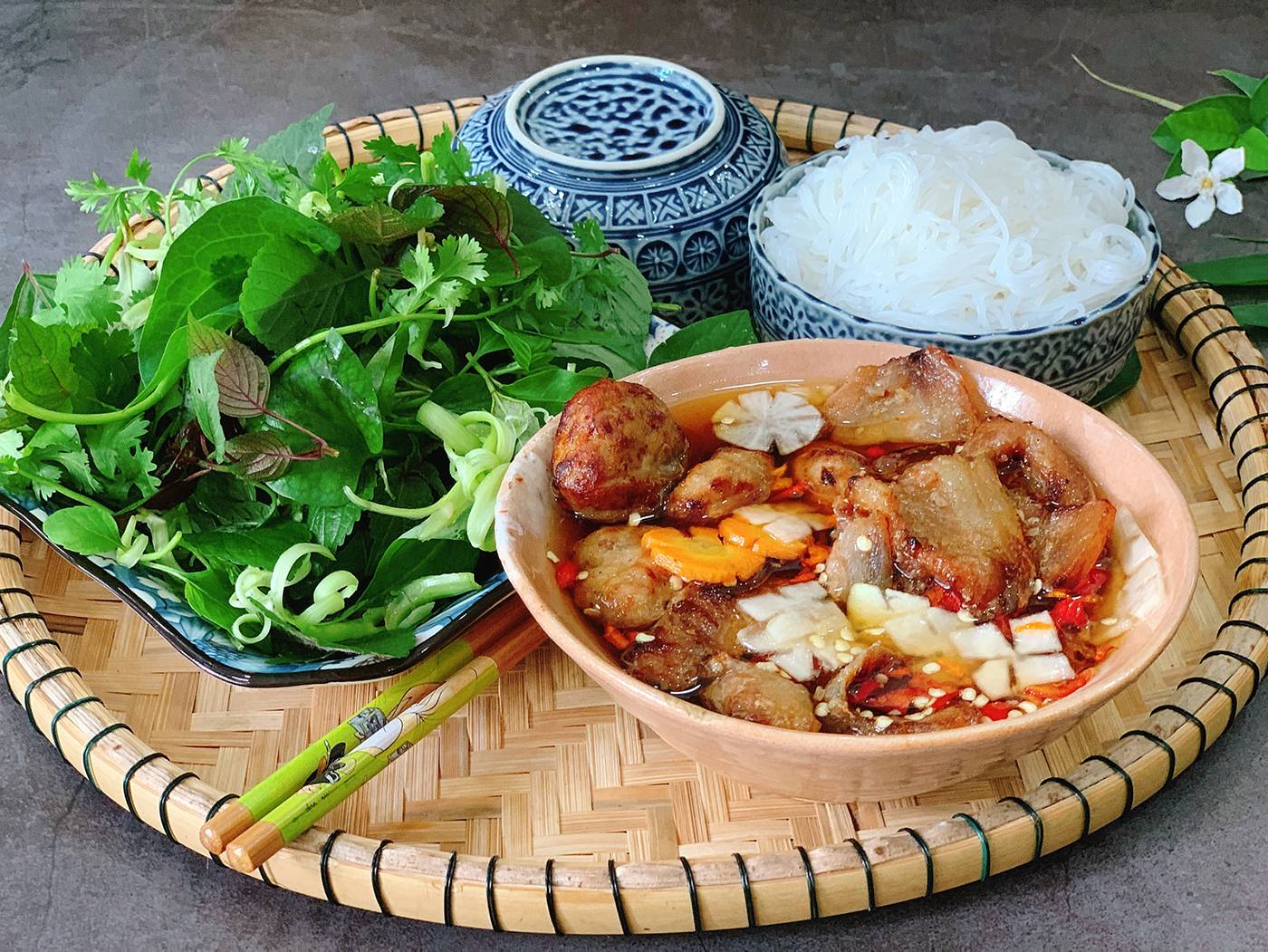
Bun Cha Hanoi
With hints of a Western tomato soup, Bun Rieu continues to find favour among tourists trying street food in Hanoi. The Asian influence prevails of course; bun noodles, pork, tofu, crab, tomato and assorted greens are served in a flavourful broth, usually for breakfast or lunch. Bun Rieu takes a lot of time to make so don’t be surprised to see Vietnamese ladies aggressively grinding paddy crabs in the early hours of the morning.
Try Bun Rieu - 16 Hang Luoc for the best Bun Rieu in the Hanoi old quarter.
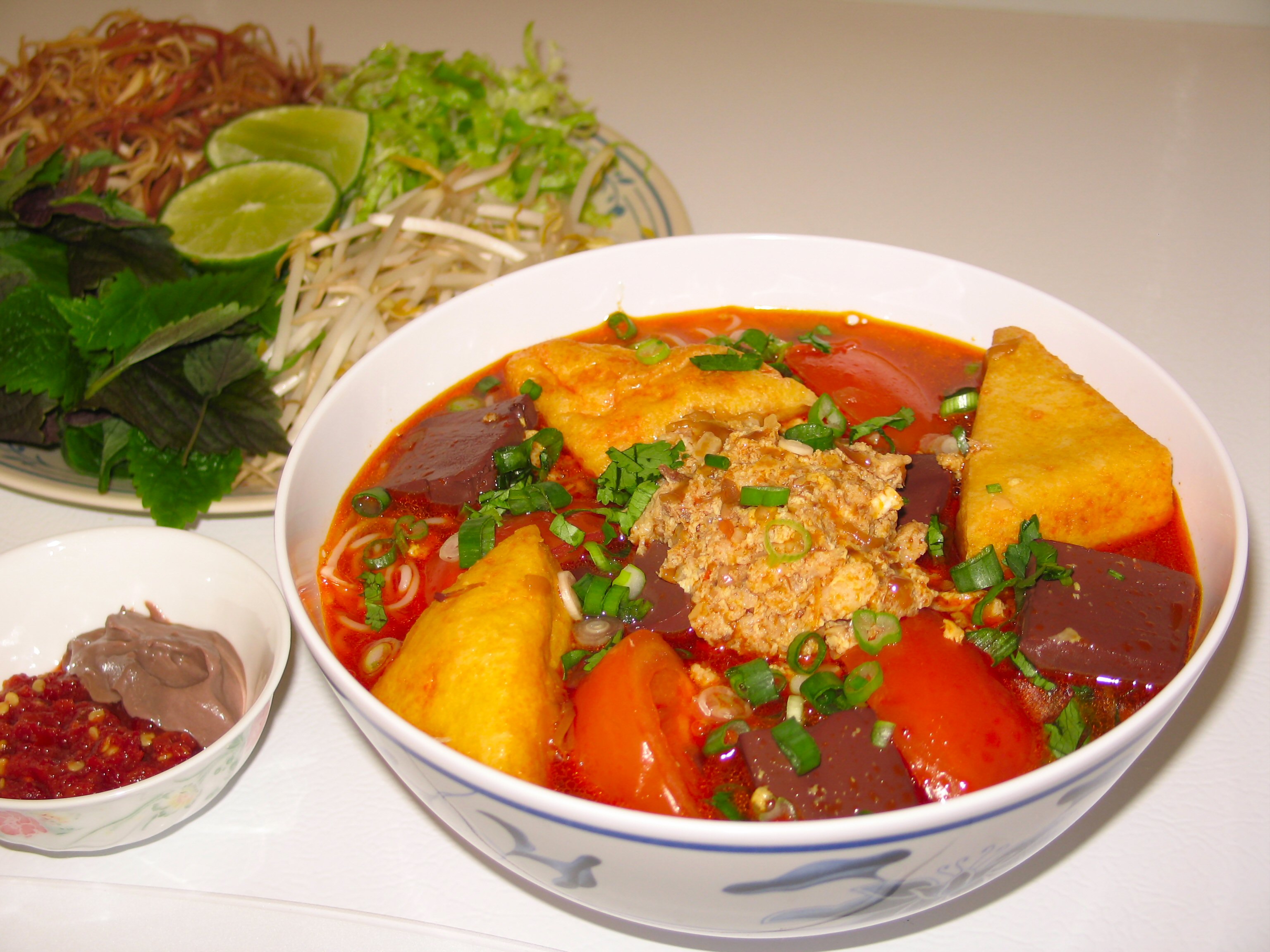
Bun Rieu Cua
An Instagram foodie’s dream, Bun Bo Nam Bo is a painting in a bowl. The whole dish is a cacophony of colour: white Bun noodles, brown beef, green lettuce, orange carrots, and red chilis, all topped with crushed yellow peanuts. This is one of the few bun dishes where the broth lies at the bottom of the bowl, meaning you have to mix the dish when it arrives to avoid an unpleasant dry-to-soggy ratio. This is one of the best examples of what Hanoi food does so well, mixing several different ingredients to make one bowl with some serious flavour.
You can have a cheap bowl of Bun Bo Nam Bo at Noodle and Roll - 39C Ly Quoc Su at any time, but at a more local venue, it will be hard to get it served past lunchtime.
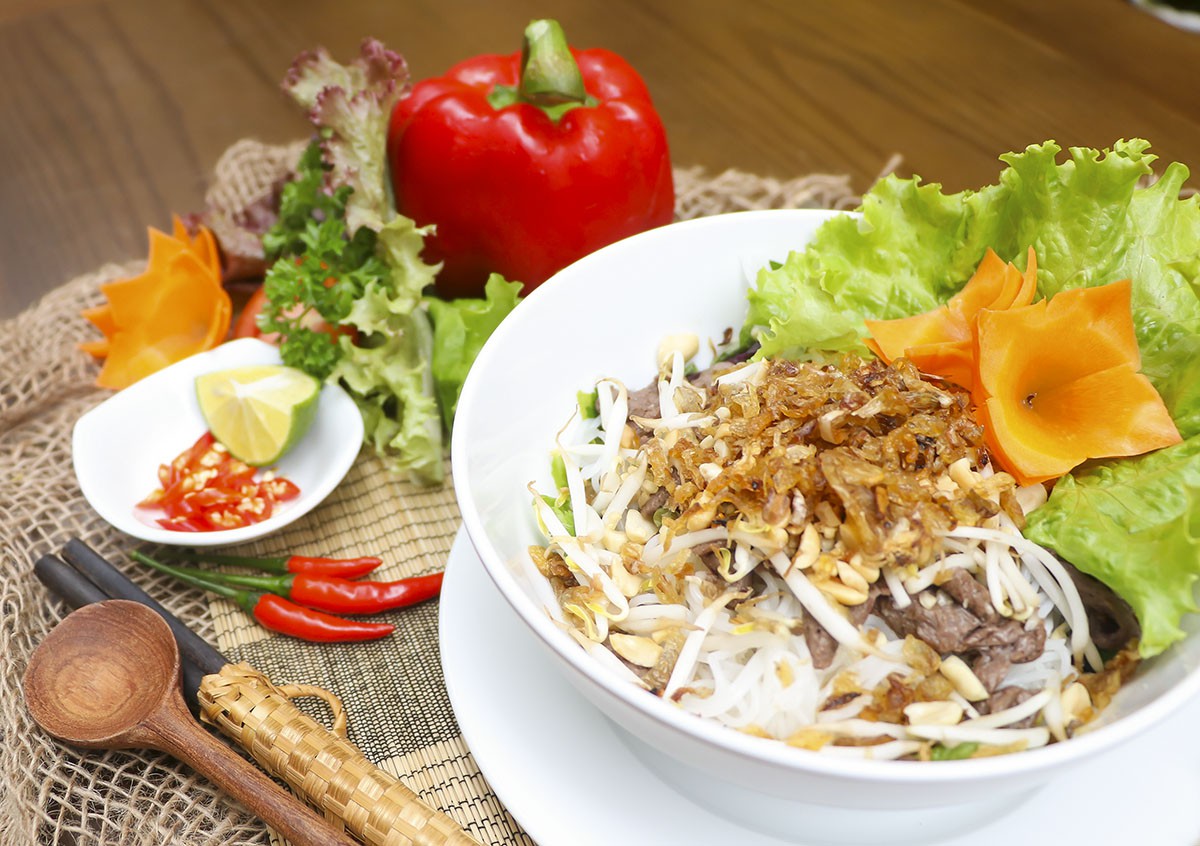
Bun Bo Nam Bo
Easily the most recognisable Vietnamese food around the world, Pho is the name of the noodle as well as the popular dish. Its thicker quality differentiates it from Bun noodles.
The natural place to start with the top Pho dishes would be, correct – a bowl of Pho. There’s not much left to say about the popularity of this dish and how it has put Vietnamese food on the international stage. It is served country-wide as well as in most other countries around the world, varying greatly from place to place.
The consensus is that Hanoi Pho is the saltiest, Danang Pho is the spiciest and Ho Chi Minh City Pho is the sweetest, but the diversity in its preparation means that pho can taste like anything. The standard recipe is Pho noodles, beef or chicken, onion, shallots, broth and a generous helping of spices.
Usually, people who aren’t sure about what to eat in Hanoi head straight to the pho. You can get your fix of Hanoi Pho at Quan Pho Gia Truyen – 49 Bat Dan, but be prepared to queue and eat quickly because this restaurant is insanely popular. If the rush is too much for you, opt for the quieter Quan Bun & Pho 24 – 34 Cau Go.
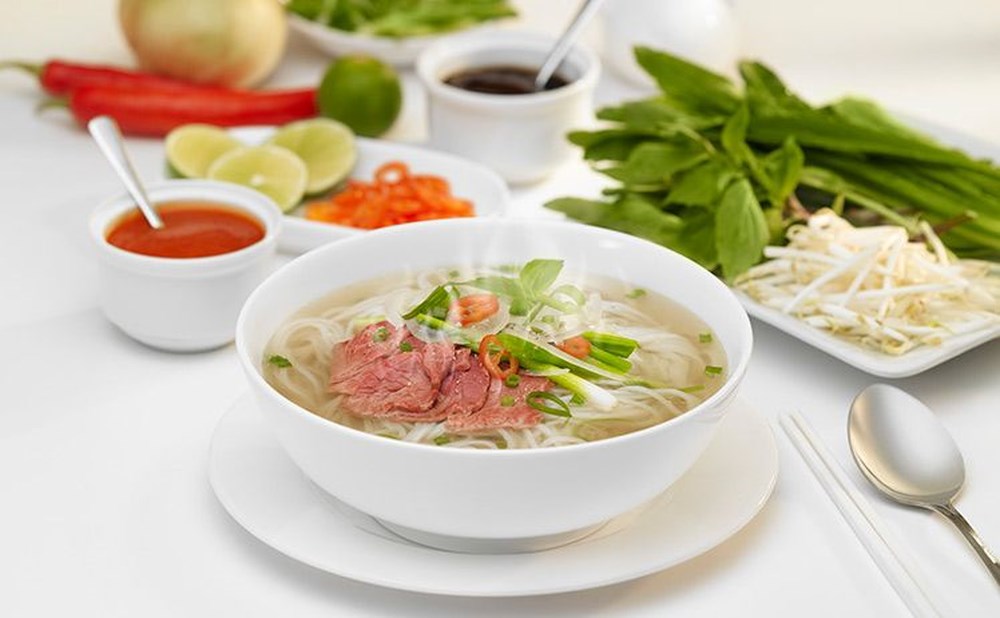
Pho Hanoi
The less popular but no less tasty cousin of the ubiquitous bowl of Pho, Pho Xao is a stir-fried dish of beef, fried pho, onions, tomatoes and bok choy. Always inexplicably served as a small hill on an inconveniently tiny plate, Pho Xao is a quick fix for anyone looking for a tasty and filling dinner, even up until around 10.30pm. It may be one of the greasiest types of food in Hanoi, but it’s also one of the most flavourful.
Pho Xao Phu My – 45 Bat Dan is a constantly popular place to get your Pho Xao fix, and not only because it gets the run-off of customers who don’t want to wait in line at Quan Pho Gia Truyen next door; the food is very good in its own right.
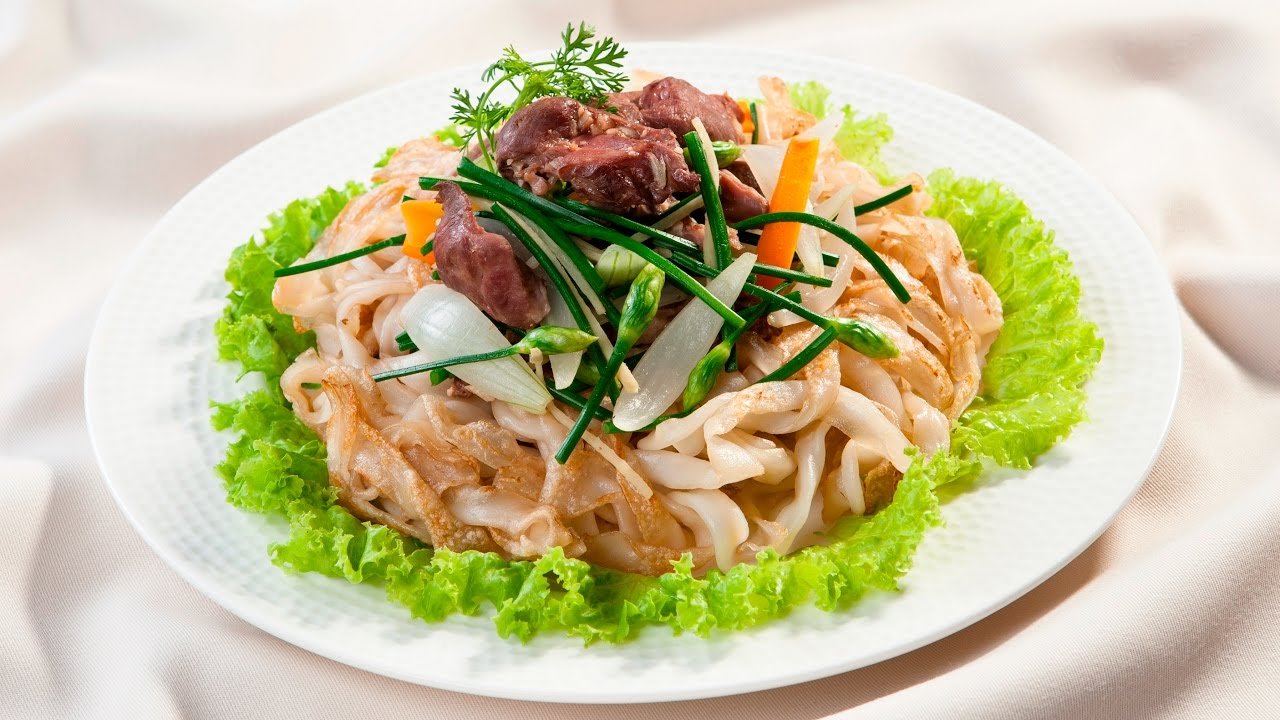
Pho Xao
Yet another way to serve Pho, Pho Cuon comes in roll form and is packed inside with all sorts of Vietnamese classics. Pho Cuon looks rather like a rubbery cigar when it’s served, but the delicious combination of Pho, beef, lettuce and coriander comes with about 10 or 12 rolls per serving, along with a bowl of fish sauce with papaya or other dipping varieties.
A short walk out of the Old Quarter and to Hanoi’s Truc Bach district will open up the world of Pho Cuon to you. Pho Cuon 31 – 31 Nga Xu has fantastic rolls and is perfectly located for an evening stroll around beautiful Truc Bach Lake afterwards.
Hanoi Street Food Tour is one of the best choices for you to enjoy these dishes in Hanoi.
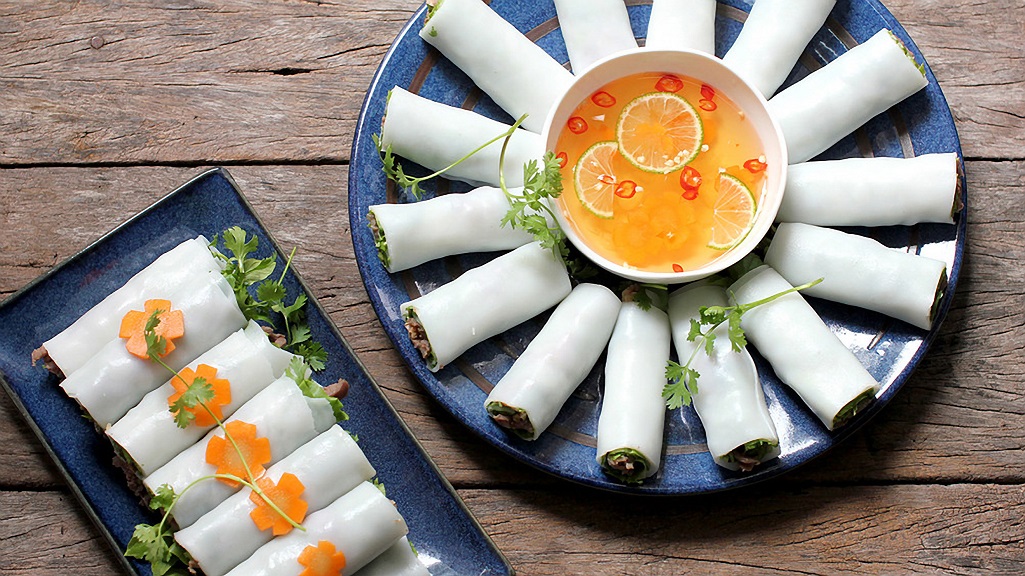
Pho Cuon
Is there any other culture in the world more adept at making different varieties of rice than the Vietnamese?
Translating to ‘rice of the people’, Com Binh Dan is a very straightforward affair. Walk in and point to the visible items of food that you want mounded on your plate of rice, sit down to eat, pay and leave. Its simplicity is often its greatest asset, as Com Binh Dan restaurants usually get crowded with people at lunch or dinnertime, all of whom are looking to get served and get out with their takeaway box in under a minute. The pricing system differs depending on what you choose and the grouchiness of the person serving you on any given day, but it’s usually one of the cheapest Hanoi street foods available at around $1.20.
For any backpackers overwhelmed by the choice of what to eat in Hanoi, the easy look-and-point technique of Com Binh Dan makes ordering this food a simple task. It is everywhere in Hanoi and you’ll likely walk past several eateries in your time in the capital, but a reliably solid collection of restaurants can be found around 206 Doi Can, near the Ho Chi Minh Mausoleum.
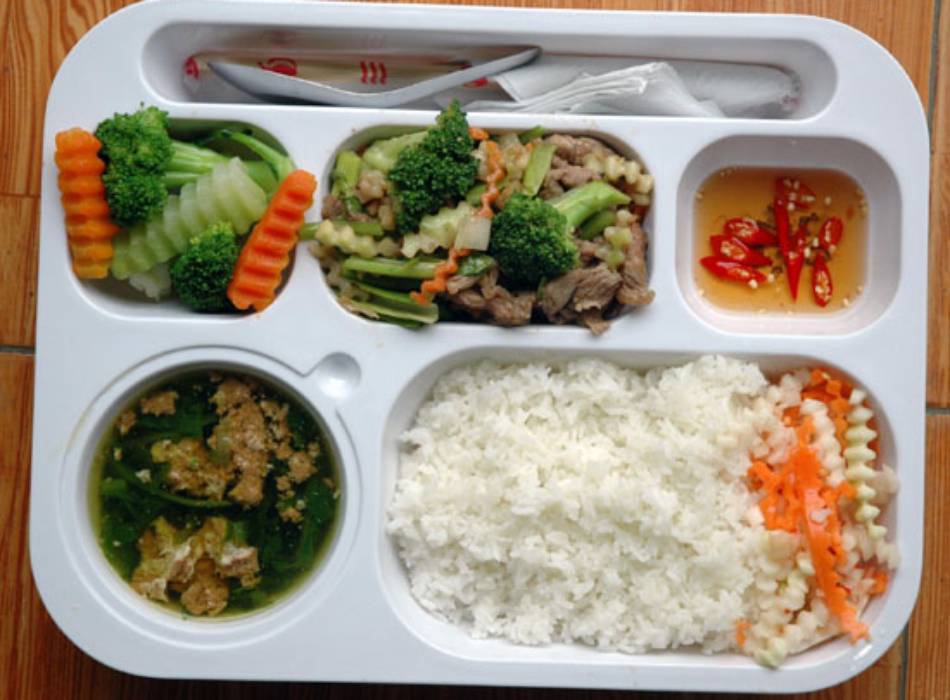
Com Binh Dan
Available usually for breakfast, Xoi is sticky rice with a coating of minced pork, chicken, egg, corn and peanut on top. These are usually individual flavours served from a cart on the street, but you can ask for “thập cẩm” (tuhp cuhm) for a little bit of everything. Like other Asian countries, Xoi also comes as a dessert - as mango sticky rice or coconut sticky rice, making it a very versatile component of Hanoi cuisine. In some places in Vietnam, the sweet version of the rice comes in a rainbow of colours, just in case eating plain white rice wasn’t stimulating enough for you.
Xoi Yen - 35B Nguyen Huu Huan is a great place to try out the different varieties around Hanoi’s Old Quarter.
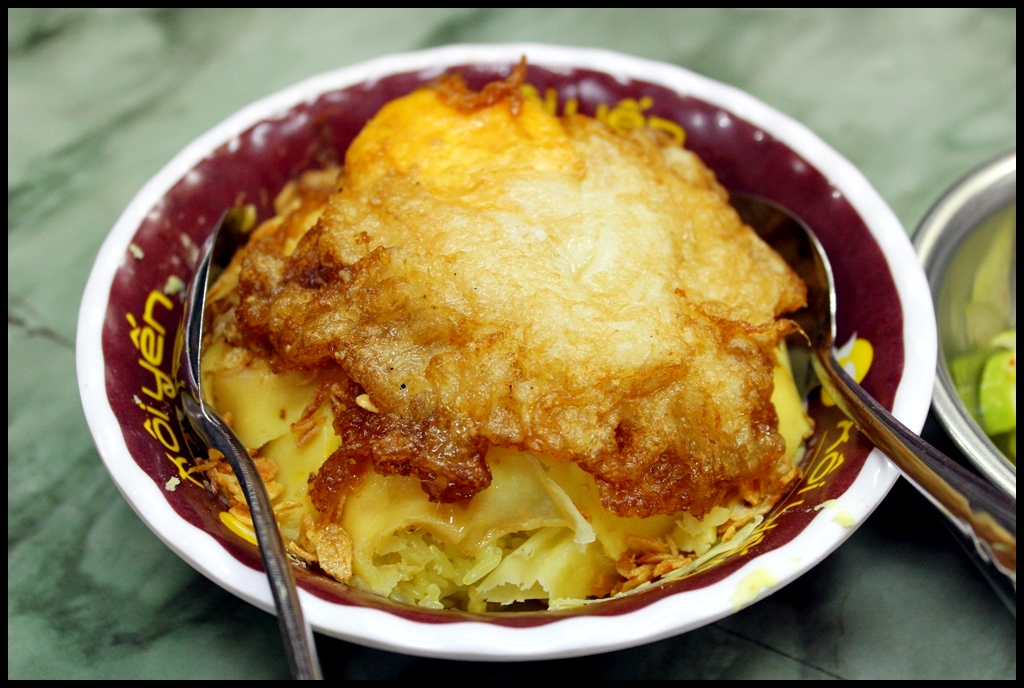
Xoi Yen
Although the direct translation is ‘bread’, Banh actually refers to dishes made with dough.
Along with an adopted love of bakeries, the Banh Mi was brought over by the French in the late 19th century and often referred to as Bánh Tây (Western bread) until the Vietnamese made it their own. The Banh Mi is a simple crusty baguette stuffed with either egg, sausage, pork, and a bunch of fillers like vegetables, pate and herbs. The Banh Mi is another example of Hanoi street food that has become famous worldwide; it’s cheap, it’s easy and it’s often a very simple answer to the question of what to eat in Hanoi.
You can find Banh Mi everywhere in Hanoi, from old ladies selling it on the street to higher-budget chain holes-in-the-wall. You’ll have to search around for street vendors as they like to move regularly to avoid Hanoi’s stringent street food laws. As far as chains are concerned Banh Mi Pho are probably the best in the Old Quarter, while Bami King are kings throughout the rest of the city.
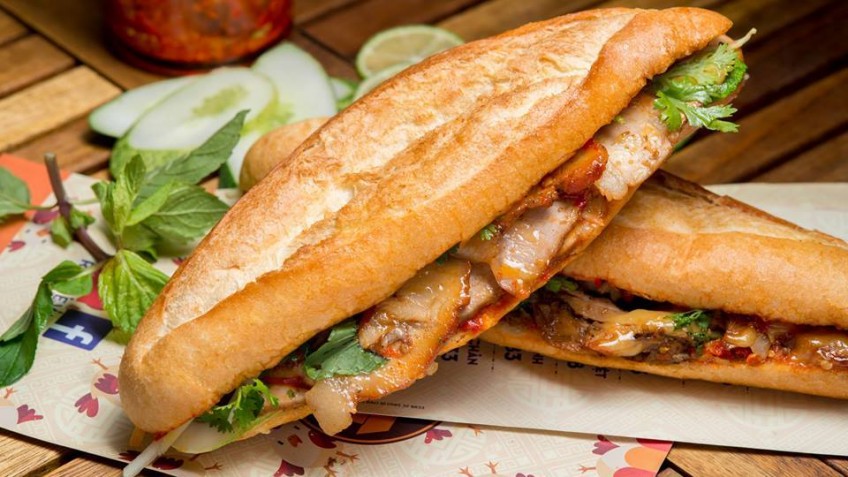
Bami Bread
More outside influence for this tasty snack, this time of Chinese origin. The Banh Bao is the Vietnamese dim sum; not coming in the overwhelming variety that the Cantonese classic usually sports, but instead settling on just a handful of reliable flavours. The most popular steamed bun contains ground pork and egg, but variations with chicken, mushrooms or glass noodles are available, and even dessert buns containing custard or coconut.
It might be hard to find this breakfast snack on the street in the afternoon, usually, the ladies who sell it have moved onto other ventures by midday. However, you can normally find them at bakeries such as Anh Hoa Bakery in the Old Quarter.
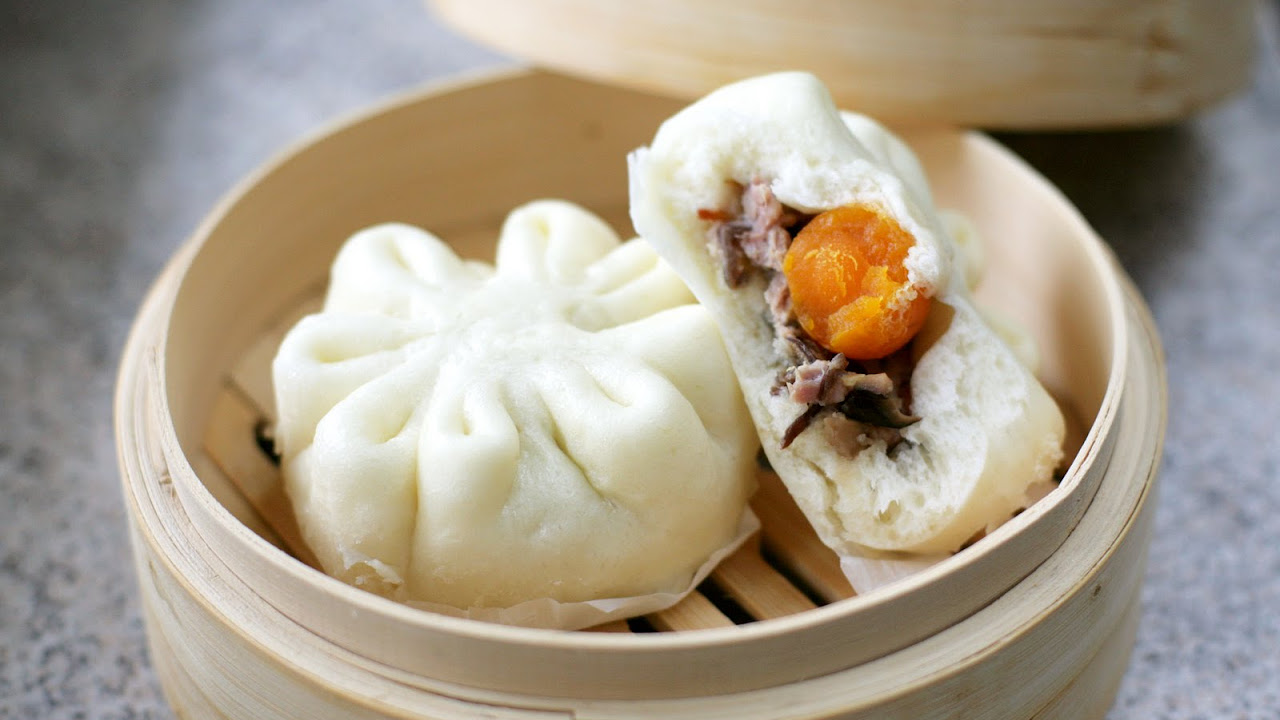
Banh Bao
Those with a sweet tooth, and a fairly sweet, sweet tooth at that, might want to try Che, a fruit, jelly and coconut milk concoction served hot or cold. There is an astounding amount of variety to what is, essentially, three ingredients in a plastic cup. From relatively conventional flavours like taro and milk to complete rainbows of fruit and jelly that you can order by using that special phrase “thập cấm”.
Che Chuoi (banana with Che) belongs to the category of the best food to eat in Hanoi. This and a few other varieties can, unsurprisingly, be found on the street, but you should head to Che Thai Doi Can – 75 Doi Can for the full gamut of amazing flavours.
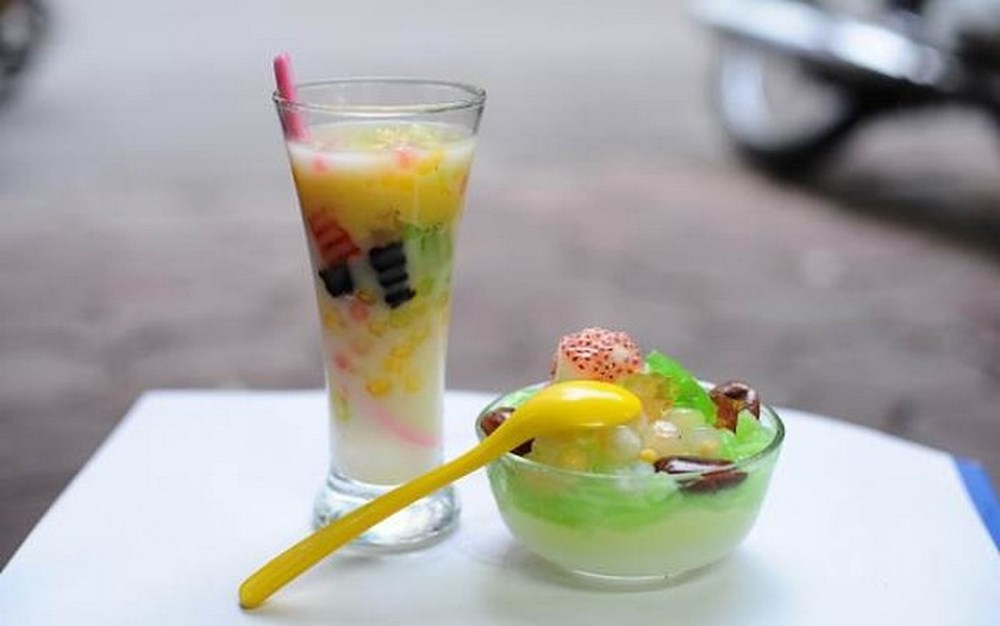
Che Thai
Not strictly a dessert, but it tastes like a tiramisu and is a great representative of Hanoi street food, Ca Phe Trung (rather unappealingly translated to ‘egg coffee’) is whisked egg yolk in coffee, served hot or cold and consumed with a spoon. It’s sweet but not sickly and comes with a caffeine boost to continue your explorations of finding what to eat in Hanoi.
It’s very unlikely that you will find Ca Phe Trung in any other district than the Old Quarter. Though delicious, it is not very popular among locals and places like Giang Café - 39 Nguyen Huu Huan will likely be full of foreign and Vietnamese tourists, but that really takes nothing away from the exceptional flavour you can find here.

Cafe Trung